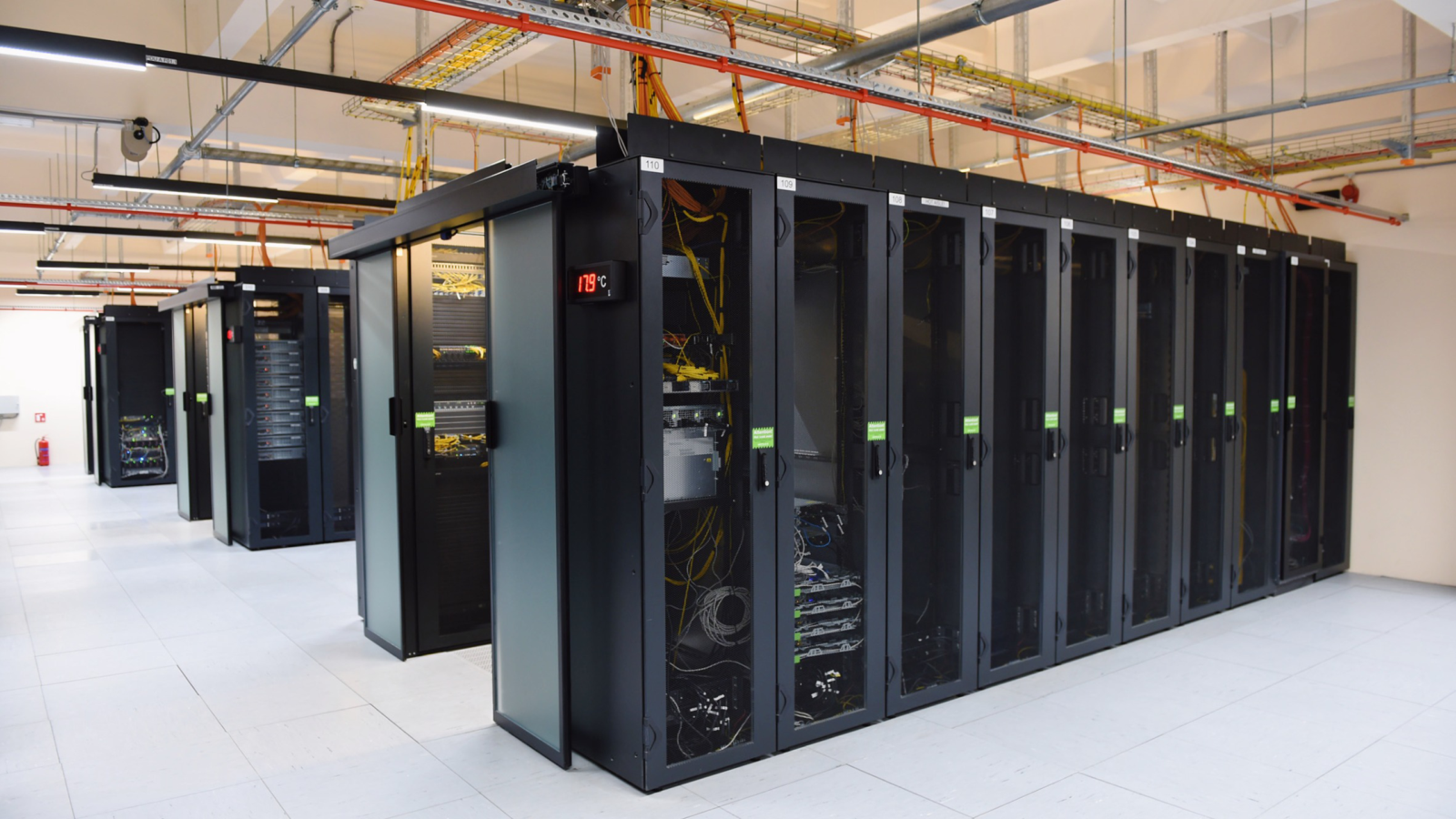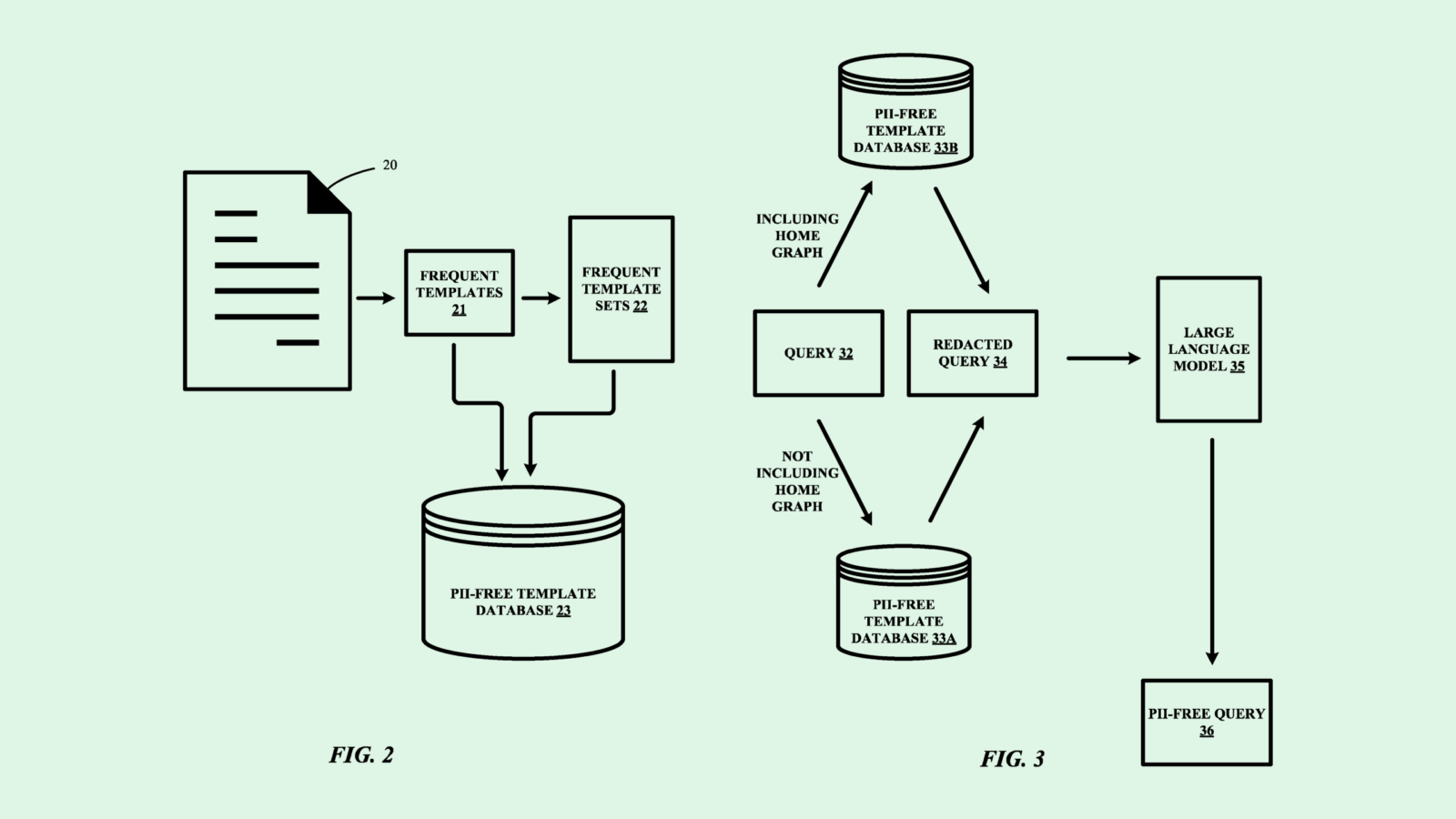Happy Thursday and welcome to CIO Upside.
Today: Data centers are only getting bigger, more complex and more expensive. When will it be enough? Plus: Why factories are the best place to start with AI-powered robots; and Google’s recent patent makes chatbots less likely to spill the beans.
Let’s get into it.
With Cloud Infrastructure, How Much is Too Much?

Data centers are burning through cash.
As AI and cloud demand continue their meteoric rise, infrastructure costs are following the same trend. Research from the Dell’Oro Group found that data center capital expenditures jumped 51% in 2024 to $455 billion, and could reach as high as $1 trillion by 2029. Hyperscalers’ deployment of servers for AI training workloads accounted for most of the growth last year.
With these eye-popping investments showing no signs of stopping, is the payoff ensured? The answer is unclear, said Trevor Morgan, chief operating officer at OpenDrives.
“This is an investment – a gamble on the future,” said Morgan. “The question is, when is the bubble going to burst? We don’t know what AI is really going to do. We don’t really know how it affects anybody’s workloads or workflows yet.”
Over the next three years, Morgan said, mainstream businesses will figure out where, exactly, AI fits into their structure “beyond the very simple ChatGPTs.” Once that picture is clearer, cloud industry hyperscalers like Amazon Web Services, Azure and Google will figure out whether they’ve invested too much or too little, he said.
- As of now, “they’re planning for companies really adopting next-generation data strategies, AI and otherwise,” said Morgan. But the path to adoption has been far from simple, with AI costs bloating tech budgets with unclear returns.
- Plus, many enterprises are still trying to figure out their “perfect hybrid” strategy, striking the balance of on-premises versus cloud storage and processing. “Most companies are still trying to figure out where cloud fits into their operations,” said Morgan.
Similar to the initial boom and bust of the dot-com era, things may get complicated if AI hits a “trough of disillusionment,” Morgan said. “They’re going to invest a trillion dollars potentially into this, when you have a lot of businesses saying, ‘Well, maybe we need to put a pause on this until we figure all of this out.’ That’s kind of dangerous.”
While that would be painful for the cloud and data center providers, enterprises may stand to gain if the value of data center capacity starts to depreciate, said Morgan. If enterprises become less willing to shell out for AI and cloud costs, falling demand would “put pressure on (cloud providers) to keep their rates very competitive,” he said.
And with companies weighing their cloud costs as it stands, “it may break down some of this really prohibitive pricing and it could lead to more general scale adoption of cloud,” said Morgan.
Why Factory Floors Are the Best Place to Start with AI Robots

People are still figuring out what to do with their AI models. Are robots the answer?
The tech industry is growing excited about the potential that AI has in the robotics market – and investors are seeing dollar signs. Last week, The Bot Company, a robotics firm founded by former Cruise CEO Kyle Vogt, raised $150 million at a valuation of $2 billion, according to Reuters.
The company launched less than a year ago and has no product or revenue, and Reuters reports that it aims to create non-humanoid robots for in-home tasks.
The news is the latest of several robotics announcements over the last few months: Google recently introduced Gemini models tailored for robotics; startup Figure AI debuted a robot earlier this week capable of walking like a human; and Tesla will reportedly show off its Optimus humanoid robot at a Washington, D.C., robotics symposium.
“Considering that we’re at the beginning of this product category, it makes sense to me that there’s a competition to become the first mover,” said Brian Jackson, principal research director at Info-Tech Research Group.
The desire to plug AI into robotics also signals that the tech industry has yet to figure out what to do with the massive foundational models that many have spent the last several years building.
Similar to the dawn of the internet, “there’s a lot of excitement, and everyone starts doing everything,” said Rhonda Dibachi, CEO at manufacturing-as-a-service company HeyScottie. “I think it’s what happens when a new technology comes out.”
Though many firms are chasing In-home and general-purpose robots, they face a number of challenges to adoption, said Dibachi. Along with mobility and safety issues, “anything a person can spew out of their mouth is a potential input,” which creates a massive range of training data for a developer to consider, she said.
It’s why enterprise settings — such as factory floors, logistics and manufacturing plants — are the easiest place to start implementing AI-powered coworkers, said Dibachi. “The problem is bounded,” she said. “There’s a finite set of instructions that the robot can and should process.”
- And with the potential to turn the industrial labor market entirely on its head, the upside could be massive, said Jackson. “The biggest cost to businesses today is paying for human labor.”
- “The trend has been exploding, and the ratio of robots to people working in factories, warehouses and commercial environments has been growing in recent years,” Jackson added.
However, just because the risks are lower doesn’t mean there are none. When humans interact with powerful robots, “the risk level is very high, and the error tolerance is very low,” said Jackson. “One accident that would get bad press – that would be enough to probably sink the valuation of a company.”
Google Patent Keeps Your Data Under Wraps

Large language models still have larger data security issues.
Google may have a solution: The company filed a patent application for “robust pseudonymization that retains data diversity.” To put it simply, this tech automatically redacts personally-identifiable information from queries sent into an AI model, keeping sensitive information from reaching the model in the first place.
“If a model is trained using training data that includes (personally identifiable information), it may be possible for a malicious user to retrieve that PII by asking specific questions of the automated assistant,” Google said in the filing.
This system relies on a bank of frequently used phrases or words in what Google calls a “PII-free template database.” Then, when a user submits a query that includes personally identifiable information, such as full names, emails or addresses, a generative model uses that bank to recreate the query, checking the original input against the PII-free database. The new query, which has placeholders where any personal data would be, is then fed to the model and used for training.
Plenty of other tech giants have sought to solve the ever-present AI data security problem: Microsoft filed a patent to prevent so-called AI “jailbreaks,” and Intel sought to patent a way to verify that a model hasn’t been tampered with post-deployment. Google, meanwhile, has sought to patent a way to entirely anonymize large-scale datasets before they even reach models.
As these patents highlight, AI still faces massive cybersecurity problems. Adoption, however, often moves faster than the implementation of security guardrails. The problem may get worse as AI agents come onto the scene: Giving these models more autonomy can cause data security domino effects that have a higher risk of going unnoticed.
The tradeoff of relying on anonymous or synthetic data, however, is often usability and model accuracy. Finding the right balance means approaching security from multiple angles – thinking not just about the data and inputs themselves, but the environment in which your model is deployed.
Extra Upside
- Tag Team: OpenAI is adopting Anthropic’s standard for connecting AI assistants to data systems.
- Going Nuclear: Small modular nuclear startup Terrestrial Energy is going public via SPAC, expecting to net $280 million from the deal.
- Choking Chips: The U.S. added dozens of Chinese tech companies to its export blacklist, aiming to cut down it’s AI advancement.
CIO Upside is written by Nat Rubio-Licht. You can find them on X @natrubio__.
CIO Upside is a publication of The Daily Upside. For any questions or comments, feel free to contact us at team@cio.thedailyupside.com.
